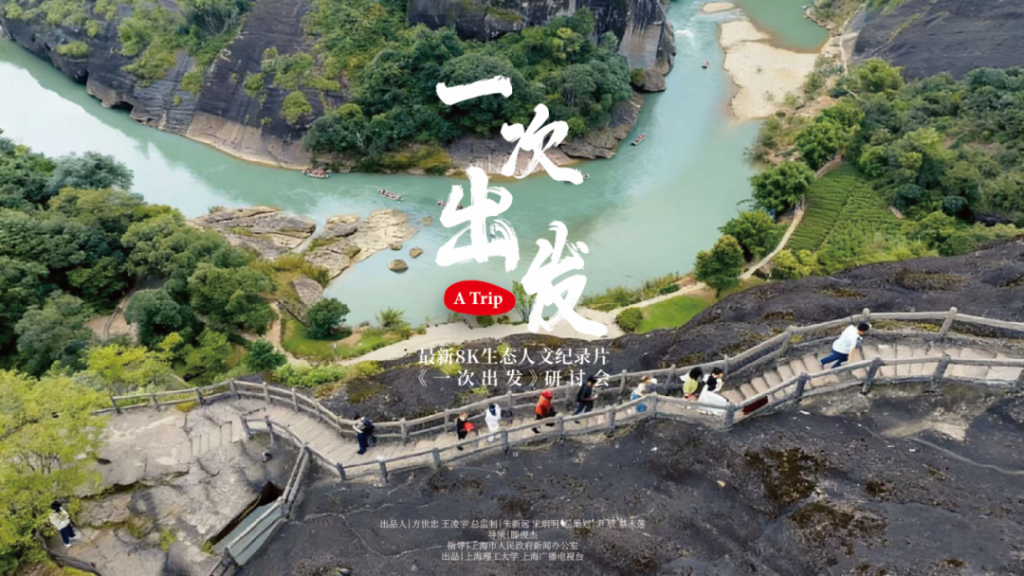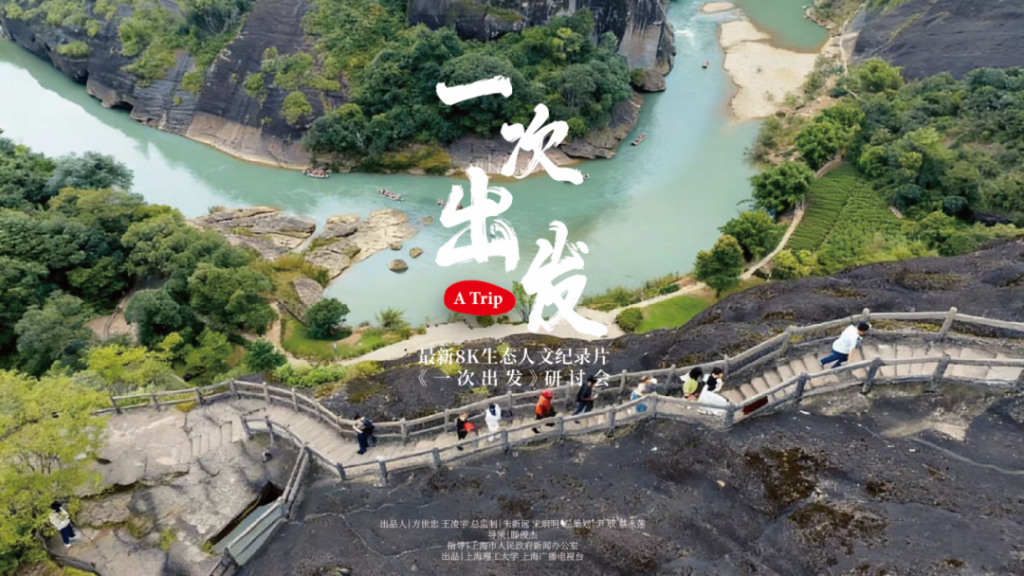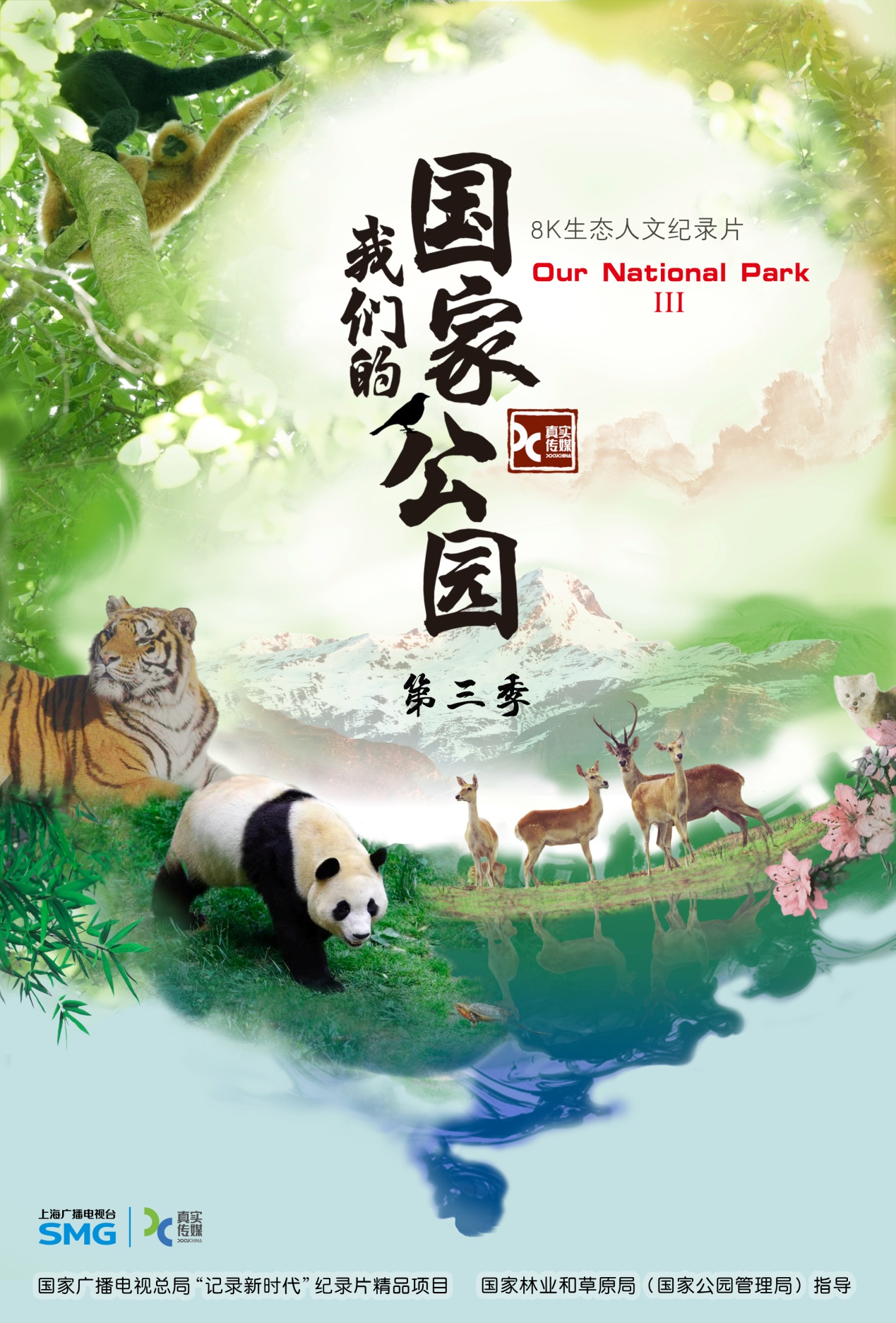
The pilot episode of the third season of "Our National Parks," produced by Wang Shuo Studio of Shanghai Radio and Television's Real Media, and directed by the State Administration of Radio, Film, and Television and the National Forestry and Grassland Administration (National Park Administration), will air every Tuesday at 10:00 PM on Dragon TV's "New Documentary" slot starting October 14th. The series is also part of the State Administration of Radio, Film, and Television's "Recording the New Era" documentary program.
Following the first season "Qinghai · Our National Park" and the second season "Wuyishan · Our National Park", the third season focuses on the first three other national parks: Giant Panda National Park, Hainan Tropical Rainforest National Park and Northeast Tiger and Leopard National Park.
The documentary series "Our National Parks" is the first documentary in China to feature national parks shot and produced in 8K ultra-high definition. 8K video, with its clarity and color gamut, significantly enhances the quality of the content and thematic expression. The use of a super-micro-focal lens to capture the subtle forms and details of plants and animals, such as the hair of giant pandas, Siberian tigers, Hainan Eld's deer, sables, and Tibetan macaques, provides viewers with a higher-quality, more immersive audiovisual experience.

Our National Parks Season 3 Poster
The natural world is not a collection of isolated individuals, but rather a unified whole. The intricate relationships between species form a vast "web of life." The creative team stated that "Our National Parks" attempts to reveal how species interact and depend on each other within the ecological chain, thereby providing inspiration for harmonious coexistence between humans and nature. For example, fallen trees in the forest are not decayed and useless. Fallen trees are also called "whale falls" in the forest, and "when a whale falls, all things come to life." In nature, no material is wasted; fallen trees support the sustainable prosperity of the forest.
Through filming throughout the year, the crew recorded a large number of precious natural images, including the flagship species of each national park: giant panda, Hainan gibbon, Hainan eld's deer, Siberian tiger and leopard, etc., recently discovered new species, such as brown-capped boletus, and other rare wild animals and plants, such as the living fossil Davidia involucrata, the mysterious bird forest cone, etc.
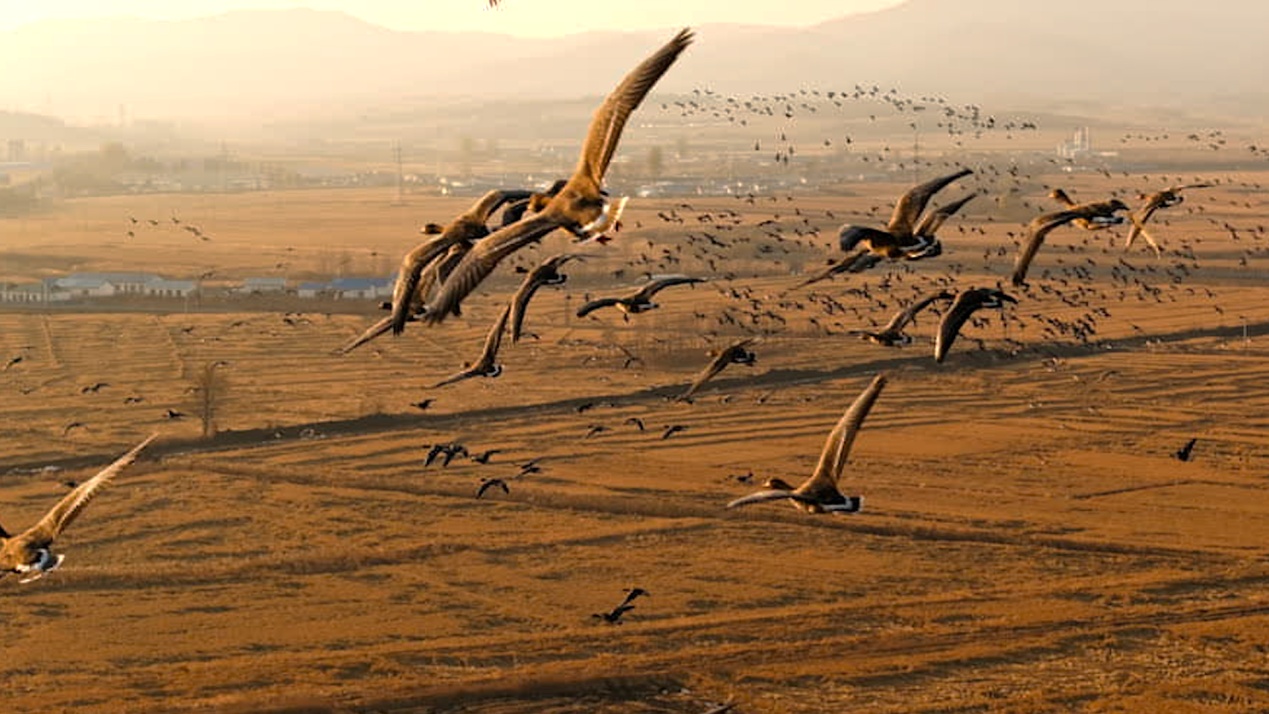
Stills from Season 3 of Our National Parks
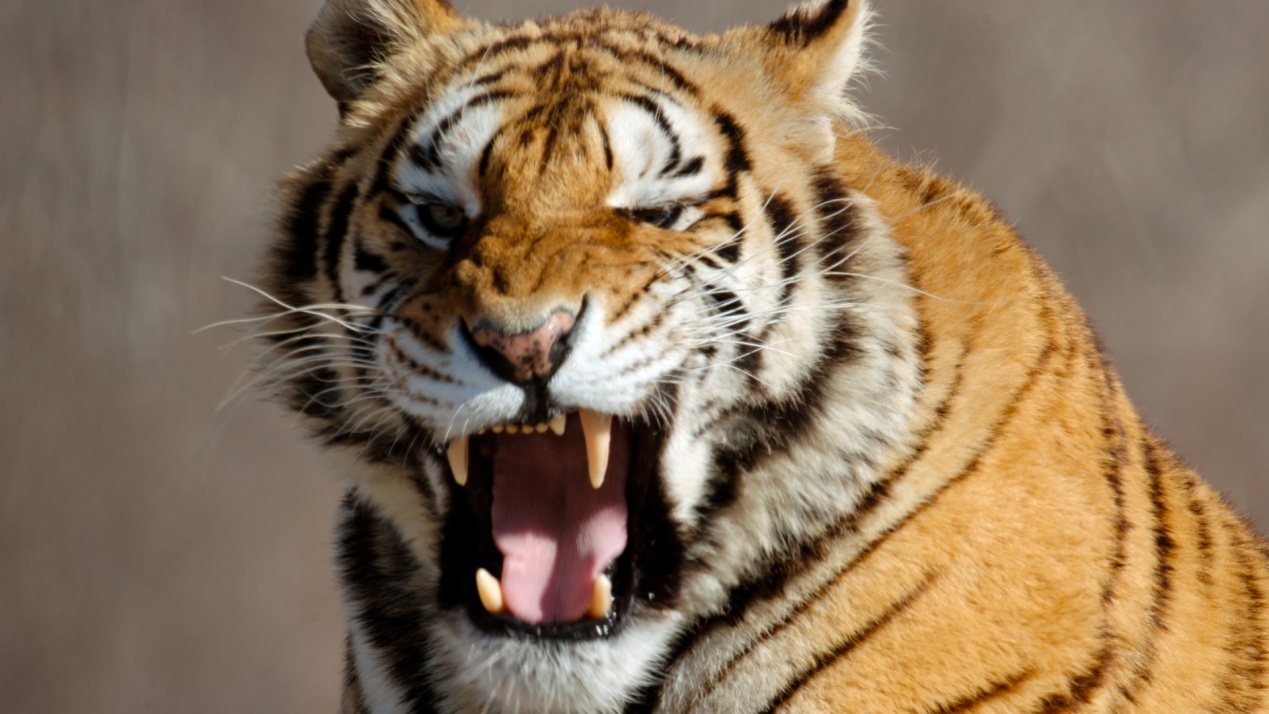
Stills from Season 3 of Our National Parks
This documentary showcases more than just natural scenery and rare flora and fauna; through individual stories, it explores the relationship between mountains, waters, flora, fauna, and humans. Local residents living within national parks rely on nature while also protecting these lush green mountains and clear waters. For example, Ji Houjun, a forest ranger at Wuyishan National Park, is both a tea farmer and a forest ranger, believing that "it is by protecting this ecosystem that we can benefit from tourism." Lin Wei, a villager in Northeast Tiger and Leopard National Park, willingly shares his rice with migrating geese, who in turn provide natural fertilizer for the rice paddies. Since the establishment of national parks, public awareness of environmental protection has grown. "Lucid waters and lush mountains are invaluable assets" is not just an empty slogan; it's a concrete action taken by people to respect, adapt to, and protect nature.
